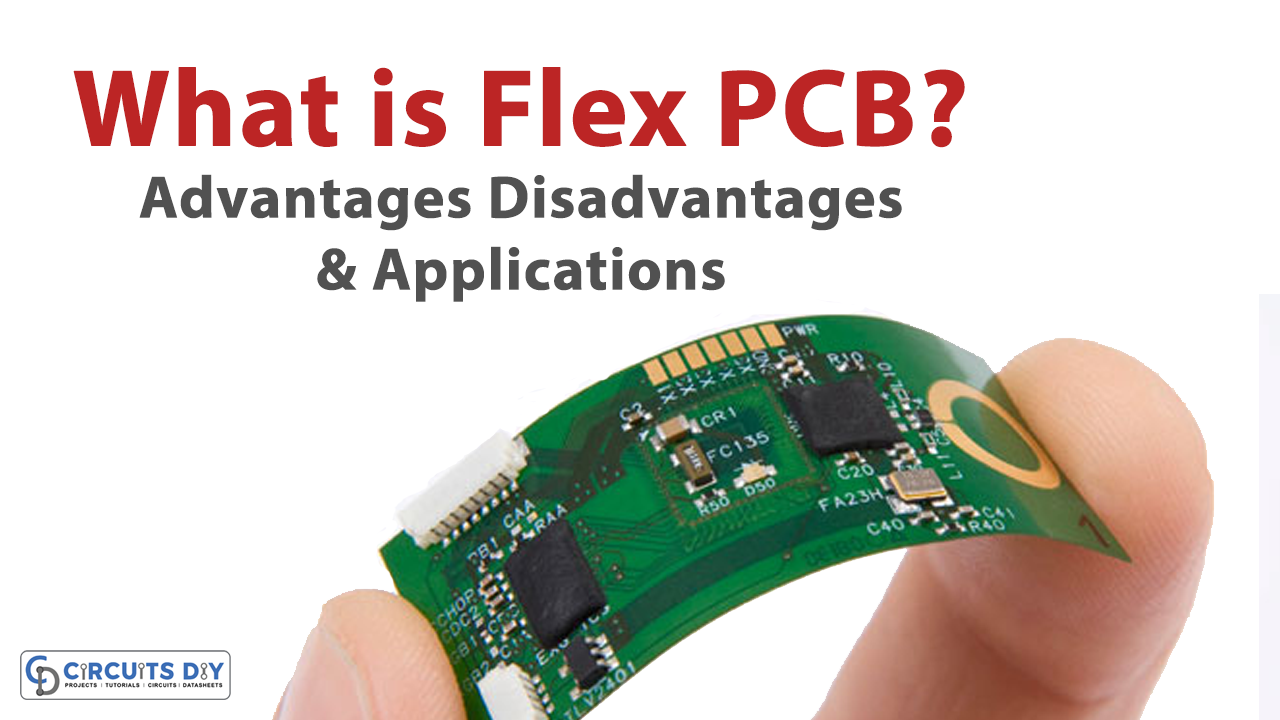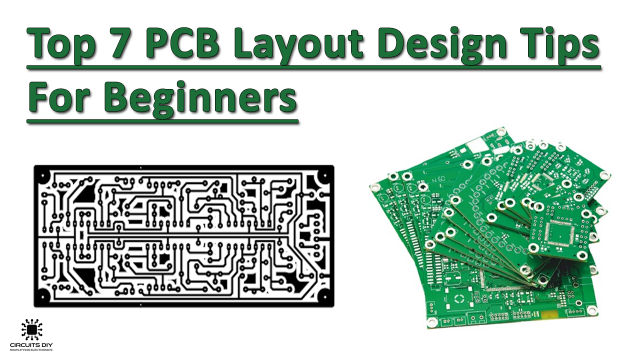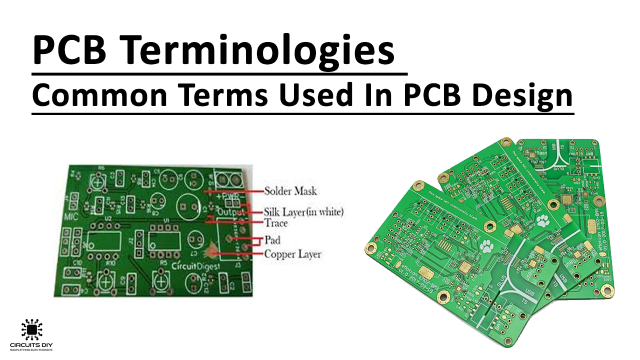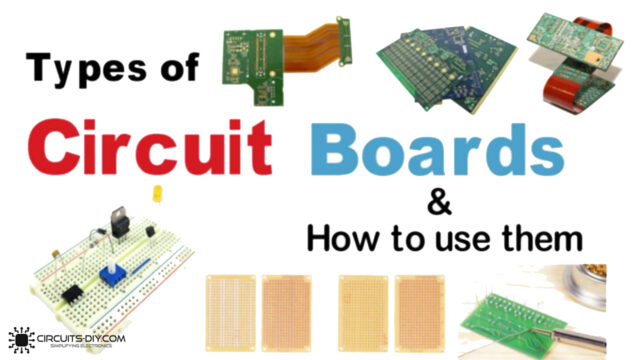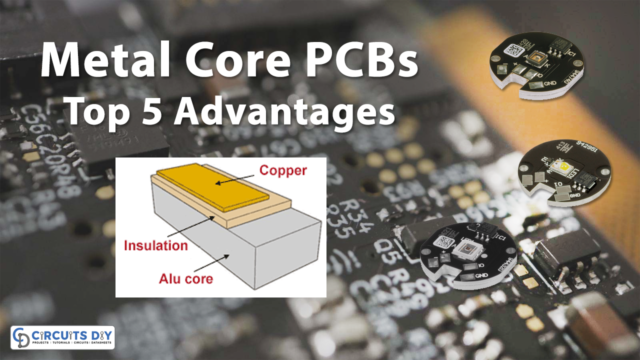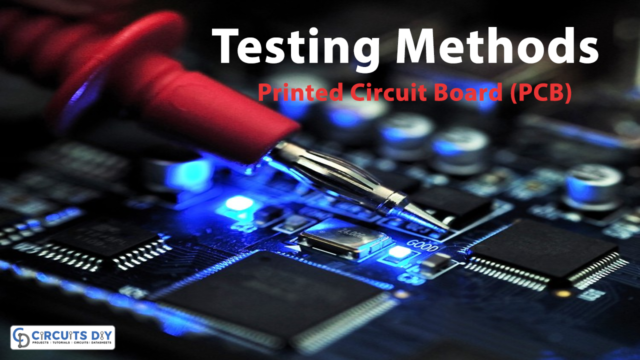Ever wondered how your sleek smartphone bends without breaking? Or how those health-monitoring wearables hug your wrist so comfortably? Enter the world of Flex PCBs, the unsung heroes behind the bendy magic in our electronic gadgets! These special circuit boards can twist, turn, and flex, making them the secret sauce in creating devices that fit snugly into our lives. Get ready to explore the fascinating realm of Flex PCBs and how they revolutionize the way our favorite gadgets are designed and crafted.
Why Flex PCBs Matter?
Flex PCBs, known for their flexibility and adaptability to fit into various form factors and shapes, have transformed the landscape of electronic devices. From wearable technology to medical devices and automotive applications, Flex PCBs have enabled innovations that rigid boards simply couldn’t accommodate.
Their ability to bend, twist, and fold while maintaining electrical integrity makes them ideal for products demanding compactness and intricate designs. Moreover, they reduce assembly complexities and improve reliability due to fewer connectors and soldering points, minimizing the risk of failure.

Flex PCBs (Flexible Printed Circuit Boards) offer several advantages and also come with certain limitations. Here are some of the advantages and disadvantages:
Advantages of Flex PCBs:
- Flexibility and Bending Capability: The primary advantage of Flex PCBs is their flexibility. They can bend, twist, and fold, allowing them to fit into tight spaces and unconventional form factors that rigid boards cannot accommodate.
- Space Efficiency: Flex PCBs are thinner and lighter than rigid boards, making them an ideal choice for devices where space and weight are critical factors. They enable the design of compact and lightweight electronic products.
- Reduced Assembly Complexity: Flex PCBs can reduce the need for connectors and soldering points, leading to simpler assembly processes. This minimizes the risk of failure due to loose connections and enhances reliability.
Disadvantages of Flex PCBs:
- Complex Design Considerations: Designing Flex PCBs requires specialized knowledge and skills. Designers must consider factors like bending radius, material properties, and flexing cycles, which can increase design complexity.
- Limited Heat Dissipation: Flex PCBs have lower heat dissipation capabilities than rigid boards due to the materials used and limited space for heat sinks or thermal management components.
- Higher Manufacturing Costs: In general, the manufacturing process for Flex PCBs involves additional steps and specialized materials, which can lead to higher production costs compared to traditional rigid boards.
JLCPCB, a pioneering name in the PCB industry, has revolutionized prototyping by offering a cost-effective and efficient Flex PCB prototype service. With their cutting-edge technology and commitment to quality, JLCPCB empowers innovators worldwide to explore new dimensions in their designs without breaking the bank.

Understanding the advantages and limitations of Flex PCBs is crucial in determining their suitability for specific applications. Despite their drawbacks, Flex PCBs remain an invaluable solution for various industries where flexibility and space constraints are paramount.
Certainly! Flex PCBs (Flexible Printed Circuit Boards) find applications across various industries due to their unique characteristics and advantages. Here are some notable applications where Flex PCBs are commonly utilized:
1. Consumer Electronics:
- Wearable Devices: Flex PCBs are extensively used in wearable technology, such as smartwatches, fitness trackers, and health monitoring devices. Their flexibility allows for comfortable and conformable designs that adapt to the body’s movements.
- Mobile Devices: Flex PCBs enable the compact and slim designs seen in smartphones and tablets. They facilitate the flexible interconnections needed for the folding or bending displays in foldable smartphones.
2. Medical Devices:
- Medical Wearables: Flex PCBs are crucial in medical wearables like biosensors, ECG monitors, and patches for continuous health monitoring. Their flexibility and lightweight nature ensure patient comfort and seamless integration with the body.
- Medical Imaging Equipment: Flexible circuits are used in medical imaging devices like endoscopes and ultrasound probes, where their flexibility enables maneuverability and miniaturization without compromising performance.
3. Automotive Industry:
- Automotive Electronics: Flex PCBs are employed in various automotive applications, including in-car entertainment systems, engine control units (ECUs), sensors, and LED lighting. Their flexibility allows them to fit into tight spaces within vehicles.
- Advanced Driver-Assistance Systems (ADAS): Flex PCBs support the development of ADAS technologies by enabling the integration of sensors, cameras, and radar systems into vehicles while conforming to their shapes and contours.
4. Industrial Applications:
- Aerospace and Aviation: Flex PCBs are used in aerospace applications due to their lightweight nature and ability to withstand vibrations. They find applications in flight control systems, avionics, and satellite communications.
- Robotics: In robotics, Flex PCBs contribute to the development of flexible and articulated robotic systems, allowing for precise movements and efficient integration of electronic components.
5. Defense and Military:
- Military Equipment: Flex PCBs are utilized in military-grade equipment for their durability, reliability, and ability to withstand harsh environments. They are used in communication systems, drones, and surveillance devices.
6. Emerging Technologies:
- Internet of Things (IoT): Flex PCBs play a significant role in IoT devices, enabling connectivity and flexibility in various sensors, smart home devices, and industrial IoT applications.
- Foldable and Rollable Displays: Flex PCBs are essential components in the development of foldable and rollable displays used in foldable smartphones, tablets, and flexible electronic paper (e-paper) technologies.
Flex PCBs continue to drive innovation across industries by offering unique solutions that traditional rigid PCBs cannot provide. Their flexibility, compactness, and reliability make them a cornerstone in the development of cutting-edge electronic devices and technologies.


